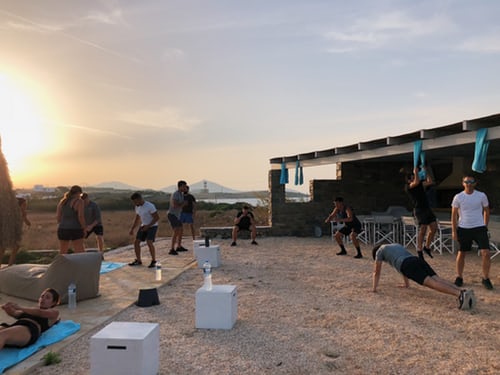Preamble
I have this great friend of over a decade and he has remained buff and healthy since I’ve known him ( early 2000 till date). Well he’s a professional sports physiotherapist.
After I turned 40 I discovered that although I am slim, I was becoming winded more frequently than in years gone by. So I reached out to him and asked him the basic things I can do to remain fit even in my 40s and beyond.
Being the lecturer that he is, he took out time to give a somewhat detailed lecture(for a layman lol). Seeing as to how beneficial the lecture was, I decided to share it with you my good friends.
Health Benefits Of Exercise After Age 40 – Introduction
Yes you are 40 and I need you to know that your fourth decade is actually your best. You will realize that you are wiser and should be happier if you are doing things right. If you notice, your body will also be undergoing some changes that comes with the age and status. I want to use this opportunity to enumerate some of these changes for you.
Physiological Changes from Age 40 and above
- Takes longer for you to recover from injuries
- Prostate enlarges in men
- Testosterone production drops
- Fertility starts to decline
- Vision problem starts
- Memory issues
- High risk of Hypertension
- High risk of diabetes
- High risk of heart diseases
- High risk of cancer
- The bone density decreases
- High risk of stress fractures
- Muscle mass declines
- Your menstrual cycle gets wacky
- Urinary tract infections becomes more frequent in women
- It’s harder to get pregnant
- You experience vaginal dryness
- Tooth decay increases
- Your penis appears smaller
- Sexual appetite starts waning
- Reduced Immunity
- Frequent digestive issues
- You sleep less
- It’s harder to lose weight
- You become aware of being shorter
- Sense of smell and taste change
- Skin becomes more wrinkled
- Hair starts to grow in weird places and also reduces
- You experience more aches and pains
- Your hangovers become more intense
- Teeth becomes less sensitive
Differences between Exercise and Sport
Exercise is a form of physical activity done primarily to improve one’s health and fitness.
Sports is complex, institutionalized, competitive activity and these very characteristics works against moderate and rhythmical exercise. (CDC 1999)
Common Reasons We give not to Exercise
• I don’t have the time
• I don’t like to sweat
• I’ll look silly
• It hurts
• I don’t know what to do
• It’s not important
• My health won’t permit
• Gyms are too expensive
• I am too old now
Why Exercise?
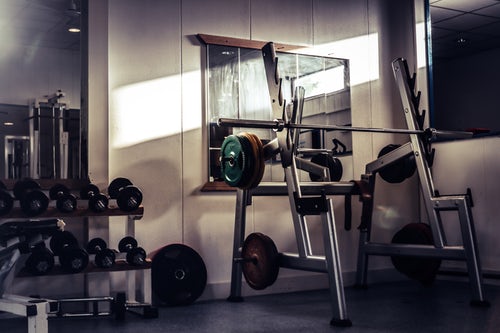
A retrospective study of over 122,000 patients over 13 years by researchers in Cleveland revealed that not exercising is worse for your health than smoking, diabetes and heart disease. (JAMA, 2018)
Do you know?
• 13.5 million people have coronary heart disease.
• 1.5 million people suffer from a heart attack in a given year.
• 250,000 people suffer from hip fractures each year.
• Over 60 million people (a third of the population) are overweight.
• 50 million people have high blood pressure. (WHO, 2003)
Do you know that ……
• Child Obesity has reached epidemic proportions all over the world
• Children eat more and exercise less
• More time is spent watching TV and playing computer games
• Poor dietary habits coupled with lack of exercise leads to significant increase in levels of coronary heart diseases and type 2 diabetes.
How Physical Activity Impacts Health
• Helps control weight.
• Reduces feelings of depression and anxiety.
• Helps build and maintain healthy bones, muscles, and joints.
• Reduces the risk of developing colon cancer.
• Helps reduce blood pressure in people who already have high blood pressure
• Causes the development of new blood vessels in the heart and other muscles.
- Help to maintain homeostasis which is the state of balanced health in the body.
Health Risk of Physical Inactivity
Leading Causes of disease and disabilities associated with:
1. Coronary Heart Disease (CHD)
2. Stroke
3. Obesity
4. Type II Diabetes
5. Hypertension
6. Colorectal cancer
7. Stress and Anxiety
8. Osteo-arthritis
9. Osteoporosis
10. Low back pain
What Can Exercise do for you?
• Reduce the risk of the three leading causes of death: Heart Disease, stroke, and cancer
• Control or prevent development of Disease
• Enhance Mental Abilities
• Improve Sleeping Habits and Increase Energy Levels
• Lift Depression and Help Manage Stress
• Control Weight, improving self-image, appearance and health
Types of Exercise
I. Anaerobic Exercise
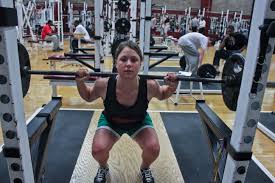
- Oxygen is not used for energy
- Intense physical activity in which the body’s supply of oxygen to produce energy does not meet demand.
Types of Anaerobic Exercise
• Strength Training + muscle size+ tendon, bone, and ligament strength + your lean muscle mass throughout.
*+ Basal Metabolic Rate (minimum amount of energy needed to maintain normal body functions)
Increase muscle mass = Increase basal metabolic rate= increase in loss of fat
II. Aerobic Exercise
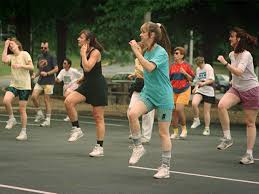
Continuous activity that uses oxygen
• Blood supply to muscles and ability to use oxygen
• Cardiovascular/ cardio respiratory function (heart and lungs)
• Threshold for lactic acid accumulation (soreness)
• Resting blood pressure for people with high blood pressure
• Body fat and improved weight control
Types of Aerobic Exercises
• Jogging
• Brisk Walking
• More than 30minutes of continuous activity
Walking
• Less than 3000 steps Grossly Sedentary
• Btw 3000-5000 steps Moderately Active
• Btw 5000-7000 steps Moderately Active
• 10000 steps and above Very Active
Steps to Fitness
• Write Your Personal Fitness Goal
• Pre-participation Checklist
• Start Moving!
Pre-participation Checklist
YES NO
1. Has a doctor ever said you have heart trouble? ___ ___
2. Do you suffer frequently from chest pains? ___ ___
3. Do you often feel faint or have spells of severe dizziness? ___ ___
4. Has a doctor ever said your blood pressure was too high? ___ ___
5. Has a doctor ever told you that you have a bone or joint problem, such as arthritis, that has been or could be aggravated by exercise? ___ ___
6. Are you over age 65 and not accustomed to any exercise? ___ ___
7. Are you taking any prescription medications, such as those for heart problems or high blood pressure? ___ ___
8. Is there a good physical reason not mentioned here that you should not follow an activity program? ___ ___
If you answer “yes” to any question, we advise you to consult with your physician before beginning an exercise program.
Ok, Now What?
Create an Action Plan:
1. Decide what you want (your goal)
2. Visualize achieving this goal
3. Write it down
4. Include details
5. Reread it often
6. Reward yourself
The F- I – T Principle
Frequency (how often)
Intensity (how hard)
Time (how long)
F – I – T for Aerobic Activity
F – 3-5 times each week
I – keep heart rate between 60-80% MHR
T – Exercise continuously for minimum of 20 minutes.
F – I – T for Anaerobic Activity
F – 3 to 4 times each week
I – keep speed near 100% for 10 seconds to 2 minutes
T – Repeat your intervals 15-30 times with rest between
3 Parts to a Workout
1) Warm-Up: 3 – 5 min. then stretch 10 minutes
2) Work-Out: 20 – 30 min., 3 – 5 times per wk.
3) Cool-Down: gradually; “pooling”
Health Benefits Of Exercise After Age 40 – Final Tips for Being More Active
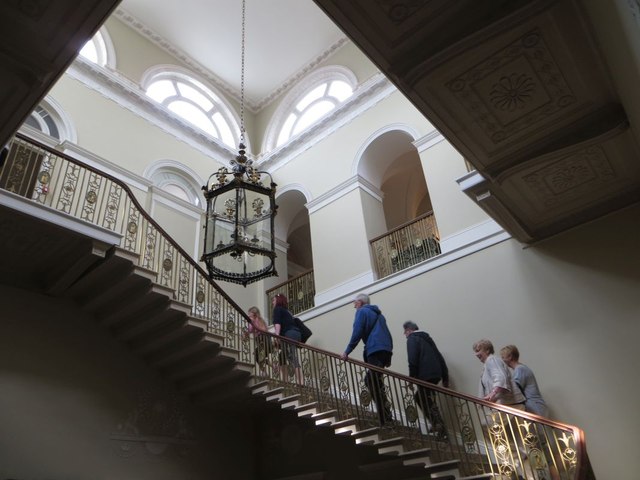
• Park the car farther away from your destination.
• Take the stairs instead of the elevator.
• Play with children or pets. Everybody wins.
• Take fitness breaks
• Perform gardening or home repair activities.
• Exercise while watching TV
• Keep a pair of comfortable walking or running shoes in your car and office.
• Exercise Safely and Wisely
• Drink extra water
• Always warm-up & cool-down before and after your workout
• Wear comfortable clothing
• Pay attention to any discomfort you may feel during exercise
• Follow your doctor’s recommendations concerning medications you may be taking.
Health Benefits of Exercise After Age 40 – Conclusion
Exercise has been proven to be one activity that impacts positively on the human body. It’s been shown to delay the ageing process and improve bodily functions.
The human body is made for movement however, this issue of movement is a road less travelled by many after the age of 40.
This is because we become more comfortable, we can now afford domestic help and subordinates who are always at our beck and call. In addition to that we have kids who are old enough to run errands, enough money to buy cars or pay for cabs.
What’s more we can now afford all the exotic meals we used to crave that was impossible to have in the previous decades because of paucity of funds.
The phrase “if you don’t use it you lose it” is very applicable to the human body. The moment you stop moving the body stops producing all the necessary hormones and strength that helps in balancing the body and keeping it healthy because the body believes you do not need it and you begin to lose fitness.
My advice to everyone in this age bracket is for us to find a form of exercise that we love to do that won’t feel like a burden or work. Find a partner who will do it with you so you don’t become bored. Make it a part of your daily activity so that you can easily achieve your objective.
There are a lot of smart watches now that you can invest in to be able to monitor your physical activity in a day. Do invest in them.

Dayo Ogunkunle is a Specialist Sports Physiotherapist who is currently the Head of Sports Physiotherapy Division in the Sports Medicine Center of the Federal Ministry of Youths Sports Development (Nigeria). He is an associate lecturer to so many universities that offer Physiotherapy in Nigeria. His skills have taken him to all the continents of the world. He is also dedicated to his vocation and this has won him many commendations and accolades.
